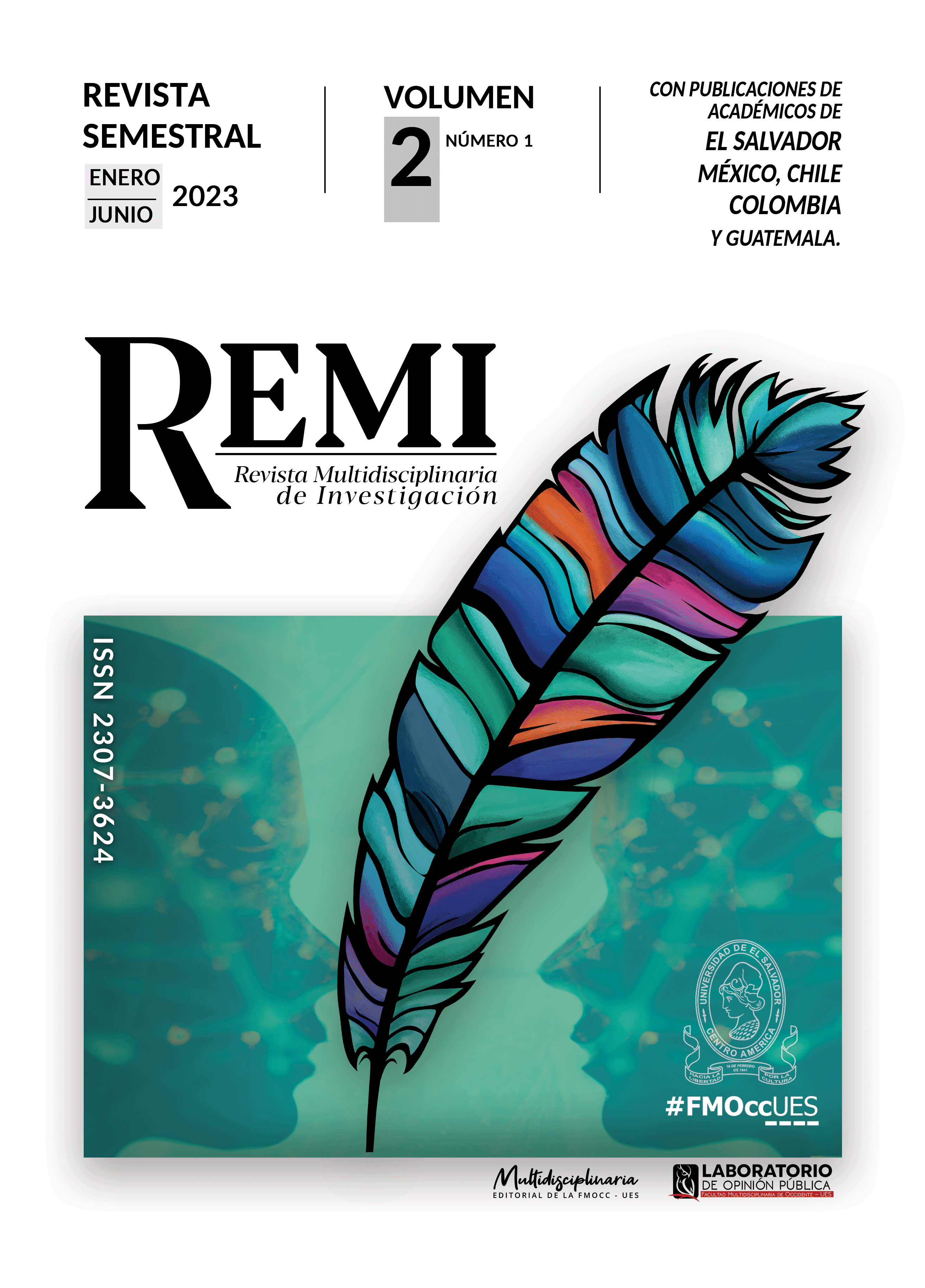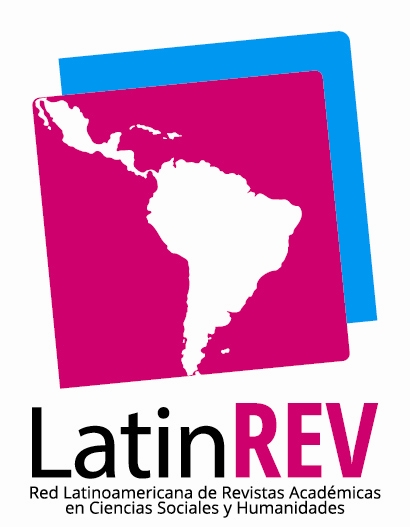Atención nutricional de la mujer embarazada: valoraciones y prioridades
DOI:
https://doi.org/10.5281/zenodo.8341490Palabras clave:
evaluación nutricional, embarazo, estado nutricional, requerimientos nutricionales, plan de atención individualResumen
El objetivo de este artículo, es dar a conocer a los profesionales en salud, que atienden a la mujer durante el embarazo, los elementos básicos de evaluación nutricional y su aplicación en la atención prenatal; para ello se utilizó el método analítico sintético, para efectos de compilar información y recabar las evidencias suficientes a fin de establecer los puntos de reflexión y atención; los resultados indican que para valorar el proceso de atención nutricional de la mujer embarazada es necesario tomar en cuenta su estado nutricional pre y concepcional. Posteriormente deberá ser evaluado de una manera detallada e individualizada, calculando sus requerimientos nutricionales calóricos, macro y micronutrientes plasmados en un esquema nutricional, tomando en cuenta los factores económicos, hábitos alimenticios y recursos económicos de la población que se atiende; por lo tanto, se concluye que es necesario establecer las líneas de formación adecuadas en el estudiante para poder llevar a cabo su proceso de instrucción.
Descargas
Referencias
Cruz Almaguer, C. de la C., Cruz Sánchez, L., López Menes, M., & González, J. D. (2012). Nutrición y embarazo: Algunos aspectos generales para su manejo en la atención primaria de salud. Revista Habanera de Ciencias Médicas, 11(1), 168-175.
Fagen, C. (2001). Nutrición y Dietoterapia de Krause (Décima ed.). McGraw-Hill Interamericana.
FAO. (2006). Guía de Nutrición de la Familia. Food & Agriculture Org.
Fernández, J., & Arija, C. (2008). Nutrición y dieta clínica (Segunda ed.). ELSEVIER.
King, J., & Wenninger, J. (1991). Conocimientos actuales sobre nutrición. ILSI.
Lorenzo, J. (2014). Nutrición durante tu embarazo y lactancia. Editorial Dunken.
Mackenzie, C. C. (1999). Guía Práctica de Nutrición Infantil. Ediciones Gamma S.A.
Mahan, L. K., & Raymond, J. L. (2017). Krause. Dietoterapia. Elsevier España.
Mehta, N. M., Corkins, M. R., Lyman, B., Malone, A., Goday, P. S., Carney, L. (Nieman), Monczka, J. L., Plogsted, S. W., Schwenk, W. F., & the American Society for Parenteral and Enteral Nutrition (A.S.P.E.N.) Board of Directors. (2013). Defining Pediatric Malnutrition. Journal of Parenteral and Enteral Nutrition, 37(4), 460-481. https://doi.org/10.1177/0148607113479972
OMS. (2003). Estrategia mundial para la alimentación del lactante y del niño pequeño. Organización Mundial de la Salud.
Pacheco, J. (2014). Nutrición en el embarazo y lactancia. Revista Peruana de Ginecología y Obstetricia, 60(2), 141-146.
Placeres, O., & Luengo, Z. (2005). Ejecución Programa de nutrición comunitaria en una comunidad periurbana: Un reto superable. Anales Venezolanos de Nutrición, 18(1), 121-131.
Salvadó, J. S., Sanjaume, A. B. i, Casañas, R. T., Solà, M. E. S. i, & Peláez, R. B. (2019). Nutrición y dietética clínica. Elsevier. https://dialnet.unirioja.es/servlet/libro?codigo=736847
Sánchez Salazar, F. R., Trelles Aguabella, E., Terán García, R. M., & Pedroso Hernández, P. (2001). Nutrición, suplementación, anemia y embarazo. Revista Cubana de Obstetricia y Ginecología, 27(2), 141-145.
Publicado
Número
Sección
Licencia

Esta obra está bajo una licencia internacional Creative Commons Atribución-NoComercial 4.0.








